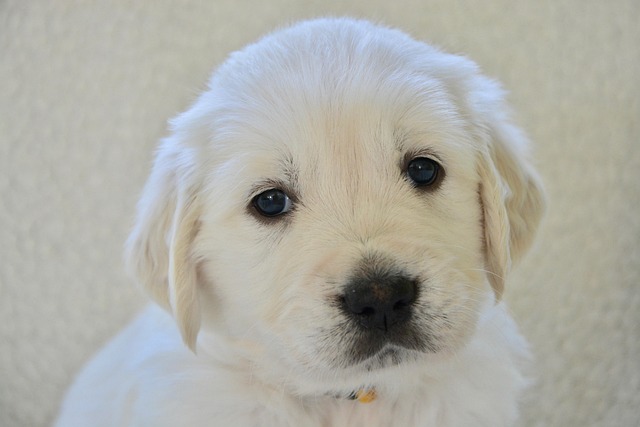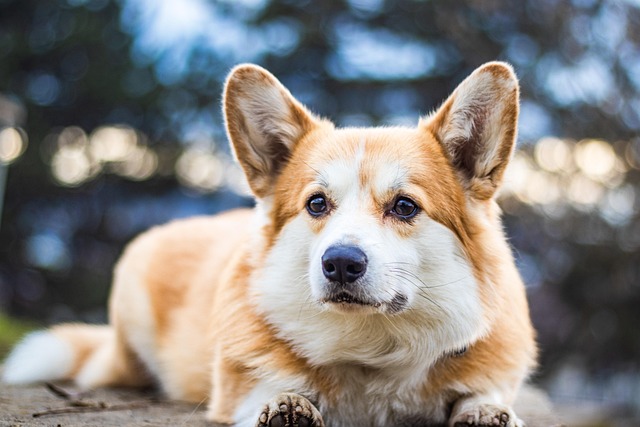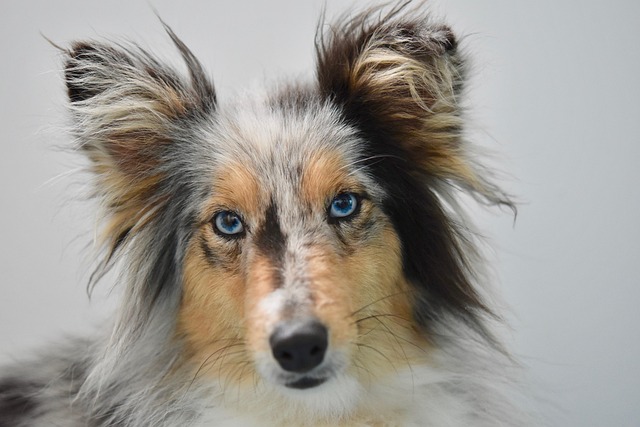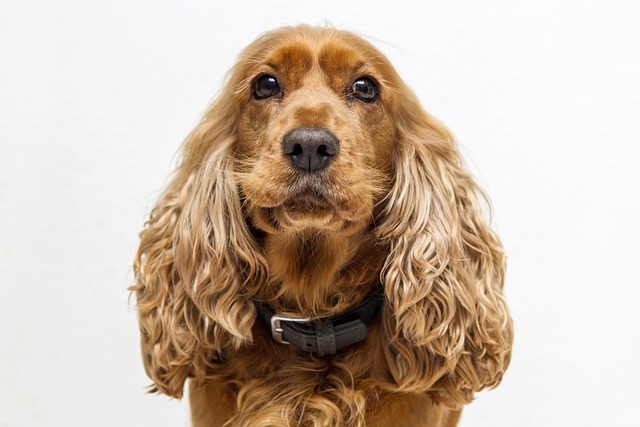Dog reactivity can be one of the most perplexing and frustrating challenges for pet owners. Picture this: you’re walking your dog, enjoying the fresh air, and then, out of nowhere, your calm companion lunges, barks, or growls at another dog across the street. This sudden outburst, often referred to as dog reactivity, isn’t just embarrassing—it can feel isolating and overwhelming. But what exactly is dog reactivity, and can it be “cured”? Let’s explore the nuances of this behavior and how a shift in approach can make all the difference.
At its core, dog reactivity is an exaggerated response to specific stimuli, often other dogs. This reaction can range from barking and growling to lunging or trying to escape. While it might appear as aggression, it’s often rooted in fear, frustration, or overstimulation. For new dog owners, the instinctive response might be to use traditional obedience training to suppress these behaviors. Commands like "sit" or "stay" are helpful for general discipline but often fall short when addressing the complex web of emotions driving reactivity. This is why the question, “Can a dog-reactive dog be cured?” requires a deeper understanding of both the behavior and its underlying causes.
The problem with conventional training methods lies in their one-size-fits-all approach. While they emphasize behaviors we want to see (like calm walking), they often fail to address why a dog is reactive in the first place. Imagine trying to put a Band-Aid on a deep wound; it might cover the surface, but the issue underneath remains unresolved. Many reactive dogs are experiencing heightened emotional states—fear, anxiety, or even past trauma. Without addressing these root causes, training can feel like an uphill battle. Worse, punishment-based techniques, which some owners might resort to out of frustration, can exacerbate the issue by increasing a dog’s stress levels. In the U.S., where animal welfare laws prohibit harsh training practices, it’s also vital to ensure any methods used align with positive reinforcement principles.
So, if traditional approaches fall short, what’s the alternative? A holistic approach to dog reactivity offers a more comprehensive solution. This strategy combines behavior modification, psychological understanding, and environmental management to create a tailored plan for each dog. Instead of focusing solely on stopping the reactive behavior, this method delves into what triggers the reaction and how to desensitize the dog over time. For instance, if your dog reacts strongly to other dogs in close proximity, gradual exposure at a safe distance, paired with positive reinforcement, can help reframe their emotional response. The goal isn’t just to manage the behavior but to address the stressors that fuel it.
If you’re ready to try this approach, there are practical steps you can take. Start by identifying your dog’s triggers. Is it other dogs, bicycles, or even certain noises? Once you know what sets them off, create a buffer zone where your dog feels safe. This might mean crossing the street when another dog approaches or choosing quieter walking routes during training. Reward calm behavior consistently, using high-value treats or praise. Over time, you can gradually decrease the distance between your dog and the trigger, always staying within their comfort zone. Additionally, consider incorporating mental enrichment activities at home to reduce overall stress. Puzzle toys, scent games, and training sessions can help release pent-up energy, making your dog more receptive to learning.
For those skeptical about whether this can truly work, let me share a real-life example. A client of mine adopted a rescue dog named Max, who was intensely reactive to other dogs. Traditional obedience classes left both the owner and Max frustrated. However, by adopting a holistic behavior modification plan, including gradual desensitization and consistent rewards for calm behavior, Max’s reactivity decreased significantly over six months. Today, while Max may never be a social butterfly, he can pass other dogs on walks without incident, and his owner feels confident and in control. Stories like Max’s highlight that while reactivity may not disappear entirely, it can be managed to the point where life feels normal again.
For dog owners struggling with reactivity, the journey can feel daunting, but it’s important to remember that progress is possible. While there may not be a quick “cure” for dog-reactive behavior, a holistic approach that addresses the root causes and respects your dog’s emotional well-being can lead to lasting improvements. And when in doubt, don’t hesitate to enlist the help of a professional trainer experienced in positive reinforcement and behavior modification. Most importantly, approach this challenge with patience and empathy—your dog is counting on you to guide them through it.





